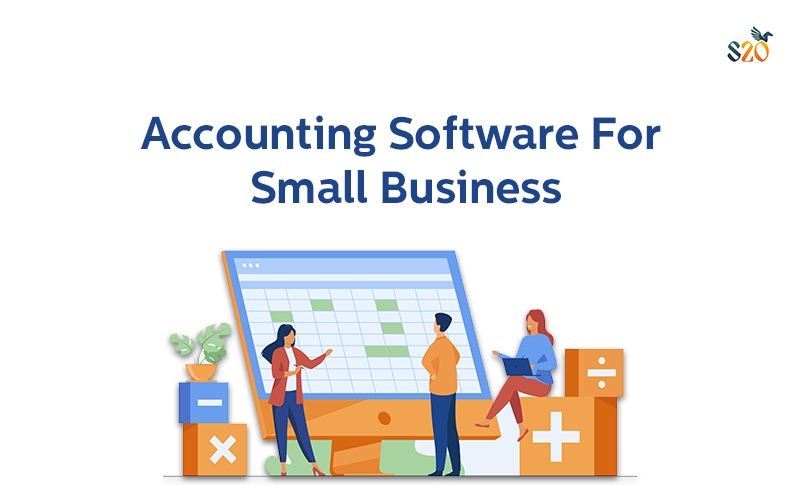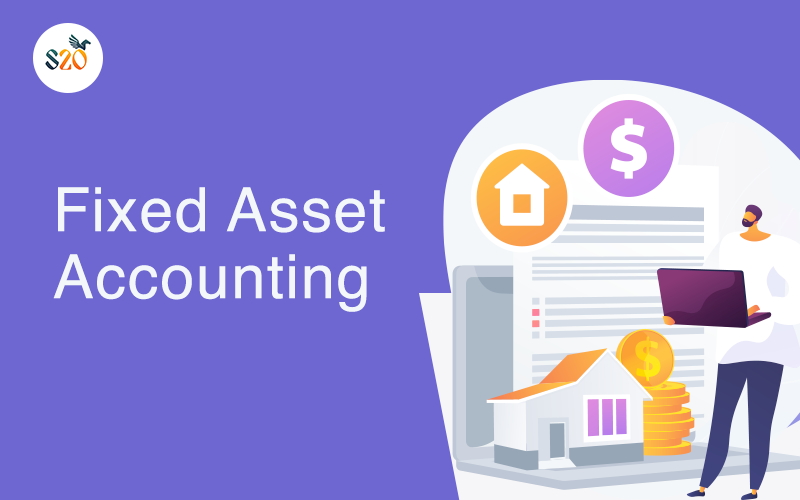Home Loans cater to your needs or possibly a renovation, construction, or additional repairs to your humble abode. It is affiliated with a plethora of facets that the borrower needs to take into consideration before he/she can finally attempt to avail of such a loan.
How Much Of A Loan Amount Are You Eligible To Avail?
The predominant requirement is the eligibility of the borrower in the repayment of the loan that would determine the tenure, interest rates, and down payments attached to the loan amount. Your surplus income will drive the lender to figure out the actual amount of loan that you are eligible for.
So, your total assets, total liabilities, and the apparent stability of income play a pivotal role in gaining the lender’s trust. At the end of the day, a bank needs to ensure that your financial stability will not pose any problem for them in the repayment of the loan amount.
Additional Charges And Figures That You Need To Be Aware Of
Statistically, the bank assumes that as much as 50% of your income would suffice for your loan repayment, furthermore, the desired tenure, as well as pegged interest rate, will also impact the decision of assessing the amount of loan.
The majority of lenders expect around 10 to 20 per cent of the amount of home’s purchase in the form of a down payment on your part, and the remaining portion of the loan is eventually financed by the lender.
Now, this aggregate amount of loan encompasses certain charges, for instance, registration, transfer, stamp duty etc. You may be eligible for a larger amount but it does not necessarily mean that you have to get that much amount financed, even a significantly smaller amount can also be availed which directly relies on your requirement.
It is advisable, however, that keeping the ratio of down payment relatively higher than the ratio of loan amount so that the ultimate cost of interest payable can be mitigated and be kept at the desired level.
The Necessity Of A Co-Applicant
Additionally, having a co-applicant is an indispensable requirement to fulfil, so if you are the only owner of the property under scrutiny, then, in this case, an immediate sibling or any other family member can be anointed as a co-applicant.
What Specific Documents You Will Require For The Loan?
The documentation process is another integral and intrinsic phase where a checklist of specified documents is handed out by the bank which is to be filled accurately to steer clear of future ramifications.
Your unique identity proof, proof of residence, form 16/Income tax returns and recent salary slips which has to be decidedly authenticated by your employer and has to be self-attested.
But generally, in most cases, collateral security is also warranted such as insurance policies, units of mutual funds or any other significant investment. In most cases, the designated property is purposefully mortgaged in favour of the lender in the form of security until the loan has been repaid in its entirety.
Should You Secure Your Home Loan With An Insurance Policy?
It is vehemently advisable to secure insurance in favour of the home loan so that the liability does not fall on anyone else, but you alone will be secured enough to repay it. Now there are two prominent plans which are prevalent in today’s scenario, i.e. pure term insurance and the other one is a Mortgage insurance plan.
Now the loan amount should be equivalent to the insurance amount. As far as the premium is concerned, then a single premium, as well as regular premiums, will be the coveted choice. However, it is not mandatory to avail of insurance cover but a sense of self-assurance is generated by availing of such service.
Disbursement Of Loan
The documentation process is the precursor of the disbursement of the loan. The magnitude of the loan amount is solely scrutinised based on the documentary proof and that entails the procurement of a sanction letter from the bank which explicitly states the final amount of loan, duration, and applicable interest rate etc.
So in a nutshell, when the loan has finally been confirmed from the bank, it is commonly referred to as disbursement of the loan after getting through entire technical and legal or valuation activities and handover the cheque or demand draft in favour of seller after successful execution of sale deed and mortgage deed of the house.
Types Of Interest Rates
Rates of home loan can be distinct in the form of fixed or flexible. Calculation of EMI varies as per the various financial institutions/banks from where your loan has been sanctioned. Underlying additional charges also apply in tandem with the payment of the EMI such as processing fee which is generally about 0.5 to 1% of the loan amount. Now, repayment in the form of EMI begins right after the month when the loan has been disbursed.
Repayment Through ECS
Electronic Clearing System (ECS) is one of the avenues through which the repayment of the loan can be done, which involves direct payment of the loan amount from your salary account on a specific date of the repayment.
If you are eligible to pay higher EMI, then it will certainly benefit you since it acts as a long-term advance. Clearing the obligated amount faster will alleviate and relieve your mental stress easily.
Pre-Closure
The borrower always has this option at his disposal to pre-close his/her loan way ahead of the specified duration. However if the interest on your loan is of floating nature, then you will not be bound to pay additional charges, whereas if it is of a fixed nature, then certain charges may be applicable.
Every financer or lender should explicitly state in their statement the total interest as well as the principal amount payable at the very beginning of the financial year. This will eventually serve as a propellent factor to the department of accounts regarding your proof of investment for necessary tax deductions.
This phenomenon will serve you to reap tax benefits at the end of the year. It is prudent to pick the lender that renders the lowest EMIs option which can mean that you are paying a significantly lesser amount of money in the form of repayments as compared to other applicants from any other financial institution.
How Your Grievances Can Be Addressed
There may be incidences that a borrower may not be satisfied with the services rendered by the bank or some other pertaining relevant problem might occur.
So in that case, you can mention your grievance specifically in writing delineating the factors that displeased you, which needs to be addressed at the concerned branch and if however, the bank does not resolve or overlooks your concern then you have the option at your disposal to lodge your complaint with the ombudsman.
Income Tax Benefit of Housing Loan
Interest payment for housing loan is deductible under the head income from house property. The maximum limit is Rs. 2 Lacs p.a. u/s. 24(b). Moreover, we can also get benefit u/s. 80C of income tax for the principal repayment of housing loan with maximum limit of Rs. 1.50 Lacs. The stamp duty and registration charges paid at the time of registration of sale deed is also deductible u/s 80C of Income Tax Act, 1961.











